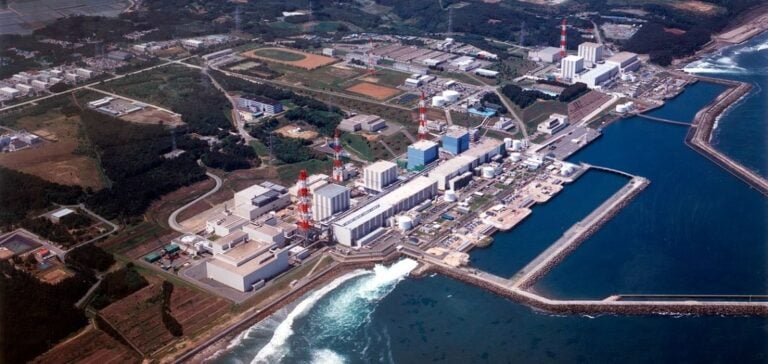Following the 2011 nuclear disaster at Fukushima, which led to the shutdown of all 54 nuclear reactors in Japan, the country is turning towards a new energy approach with the restart of the number two reactor at the Onagawa nuclear plant, located in the Miyagi Prefecture, neighboring Fukushima. This restart, overseen by Tokyo Electric Power Company (Tepco), is the first reactivation in this region since the disaster, emphasizing the importance of nuclear power in Japan’s energy mix.
The Urgency of Japan’s Energy Transition
Since 2011, to compensate for the decline in nuclear energy production, Japan has significantly increased its imports of fossil fuels, notably coal, gas, and oil. However, with a commitment to reducing greenhouse gas emissions, Tokyo is again looking to nuclear and renewable energy sources to limit its dependence on polluting energy sources. Currently, with one of the most polluting energy mixes among G7 nations, Japan aims for nuclear power to represent 20 to 22% of its electricity by 2030, compared to less than 10% today.
Enhanced Safety Measures Against Natural Disasters
The Onagawa reactor, authorized to restart in 2020, is equipped with new safety measures, including a 29-meter-high anti-tsunami wall, one of the tallest in Japan. This measure aims to prevent risks of electrical failure and flooding, which had severely damaged the Fukushima Daiichi plant in 2011. The earthquake and subsequent tsunami resulted in over 18,000 deaths and missing persons, crippling the cooling pumps at Fukushima and leading to the meltdown of several reactors.
A Reactor Model Identical to Fukushima
The Onagawa reactor uses a boiling water reactor (BWR), the same type that was operational in Fukushima during the accident. This is the first time such a reactor model has been restarted since 2011, reflecting the evolution of Japanese nuclear safety standards. These new standards have been mandated for every reactor restart since, to prevent risks similar to Fukushima, and are continuously monitored by Japanese regulatory authorities.
Energy and Economic Perspectives
According to government spokesperson Yoshimasa Hayashi, this restart is essential in Japan’s climate objectives but also for supporting economic growth by ensuring stable and decarbonized electricity production. Currently, the share of renewable energy in Japan’s mix is expected to increase from 20% to 36-38%, while fossil fuel reliance should decrease by about two-thirds to around 41%. However, a report by think tank E3G places Japan last among G7 countries in terms of decarbonizing its electric system, underscoring the numerous challenges the country still faces to meet its energy transition goals.





















